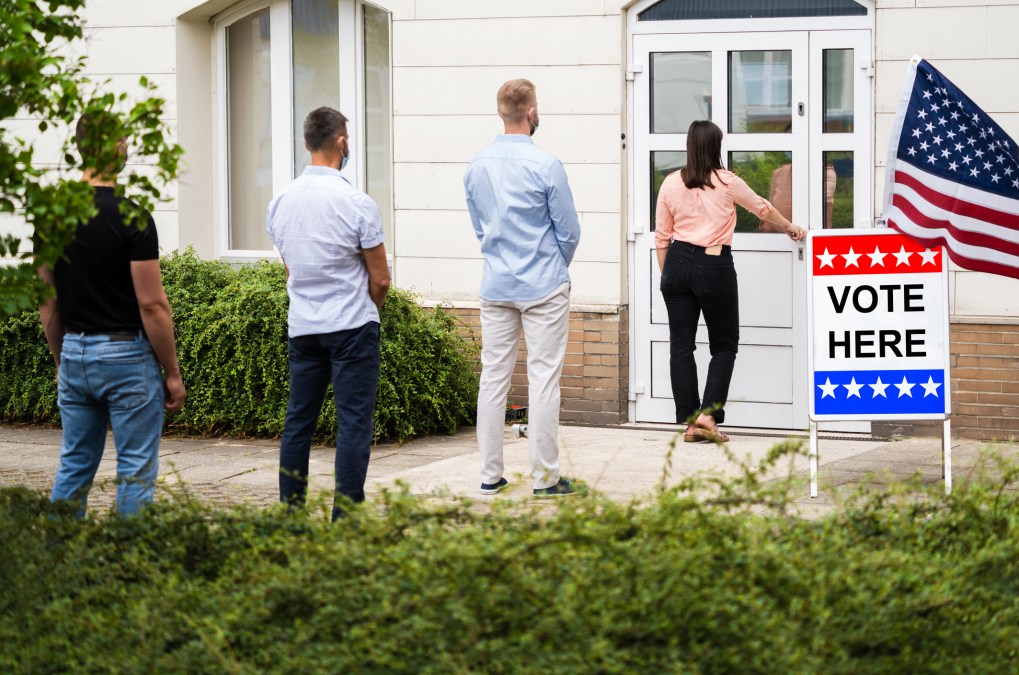Election officials won’t ‘sacrifice accuracy or integrity for speed’

The high volume of absentee ballots being cast in next month’s presidential election is expected to require election administrators to need more time than usual to count votes, but state and local officials nationwide have procedures in place to ensure that votes are counted securely and accurately, experts from New York University’s Brennan Center for Justice said Monday.
“They are not going to sacrifice accuracy or integrity for speed,” Elizabeth Howard, a Brennan Center senior counsel and former deputy elections commissioner in Virginia, said during a webinar hosted by the Brennan Center.
The session was designed to give guidance to media on a vote-counting process that might not give a clear winner on Nov. 3, as election officials will need more time and resources to count tens of millions of mail-in and absentee votes, on top of making safety accommodations due to the COVID-19 pandemic. But Howard did give insights into how the vote-processing and tabulation processes will play out.
There’s technology involved, she said, but some of it is quite analog. For in-person polling places, vote counts tallied by optical scanners and other equipment are reported up to county officials — a step that in most places, Howard said, is “usually a phone call.”
But the procedures for processing and counting absentee votes vary by state. Most states allow some of the ballot processing — verifying signatures, contacting voters to correct errors and opening envelopes — to begin before actual counting on Election Day. But six states, including highly contested Wisconsin and Pennsylvania do not; a few others, including Michigan, only allow absentee processing to begin one day before.
And that’s where the process could extend the wait before a winner is apparent, underlining the need for media and the rest of the public to be patient. Both Pennsylvania and Michigan have seen more than 2 million voters request absentee ballots, not all of which will be processed and counted by the night of Nov. 3. But all vote counts reported on Election Day are unofficial and incomplete, and several election security experts, including other Brennan Center personnel, have said previously that a vote-counting process that lasts days or weeks is not cause for alarm.
“We’re not going to get results right away, and that’s OK,” Derek Tisler, a Brennan Center democracy fellow, told StateScoop in an interview last month.
Most states also give voters the ability to track the status of their absentee ballots, in some places with automated email and text updates. Several states, including North Carolina, Ohio and Pennsylvania, publish statistics about the number of absentee ballots sent out and returned, Howard said.
Election results are only official once they’re tallied in canvass activities and certified by top election officials. Usually, this phase plays out in the presence of observers designated by political parties or campaigns, but Howard said that could be complicated by coronavirus restrictions that limit the number of people allowed to be inside elections offices. Still, she said, a number of jurisdictions around the country — including Maricopa County, Arizona, a battleground county in a battleground state — allow people to view the canvassing process online.






